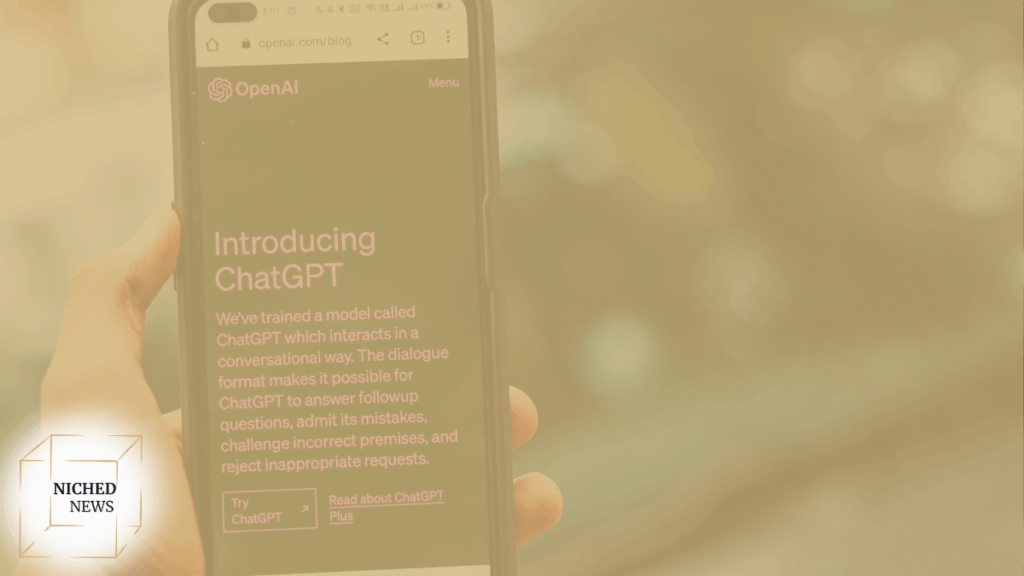Niched Summary:
Your prompt quality is everything. It doesn’t just guide the answer—it changes the way AI thinks. New research reveals how different prompting styles bring out surprising AI behavior in large language models.
Why it matters:
Understanding these behaviors helps users get more reliable, accurate, and human-like results from AI tools.
The Curious Impact of Prompting Styles on AI Behavior
When it comes to generative AI like ChatGPT, most people think the outcome depends solely on the words they type. But the truth is more surprising: AI behavior changes based on how you prompt it. Whether your input is casual, technical, abstract, or empathetic, the style of your prompt reshapes how the model responds—and even what “persona” it seems to take on.
This isn’t about tone or clarity—it’s about transformation. Prompting styles can coax different versions of the same model into action. This fascinating (and sometimes unnerving) behavior gives us a glimpse into how large language models (LLMs) are built and what influences them most.
Prompting Isn’t Just Input—It’s Instructional Context
At the core of the insight is the idea that LLMs like GPT-4 don’t just “know stuff”—they’re trying to match the style and intent of your request. Prompting styles aren’t just modifiers; they become implicit instructions. For example:
- Asking “What are the top five tips for organizing my week?” gets a bullet-point list.
- Framing the same idea as, “Could you help me plan a week that feels calmer?” might bring a softer, more empathetic tone, with completely different suggestions.
These changes don’t just reflect surface-level edits—they reveal how different patterns of language deeply influence AI behavior.
Style Shifts Create Different “AI Personalities”
In testing dozens of styles—from formal academic tone to casual friend-speak—researchers found that the same model could appear:
- Authoritative and confident
- Humble and unsure
- Robotic and technical
- Warm and conversational
All based on how the prompt was phrased.
What’s more surprising? These styles often persist beyond the first reply. One prompt can set the tone for an entire session. That has major implications for users relying on LLMs in professional, creative, or educational contexts.
The Risk of Hallucinations in AI Behavior Grows with Open-Ended Prompts
Another key finding: open-ended, vague, or highly abstract prompting styles tend to increase the risk of hallucination—AI making up facts or logic.
For instance, “Tell me what you know about the history of time travel” invites more fictionalized responses than “List three scientific theories related to time dilation.” The broader and more imaginative the input, the less anchored the output becomes in real-world knowledge.
For users trying to maintain accuracy—especially in fields like healthcare, education, or business—this is a critical insight.
[Check out our article on AI performance in healthcare.]
Why Some Styles Evoke More Empathy or Logic
The researchers behind this study argue that the LLM is not responding to content alone—it’s simulating communication patterns it has seen during training. A question asked like a therapist gets a response resembling therapy language. A question framed like a software engineer’s Slack message gets a reply full of jargon, code, and brevity.
That’s because models are predicting not just what to say, but how someone like you might want it said.
Understanding this lets prompt engineers and everyday users alike tailor the AI to suit different tasks—whether you want creative flair, analytical reasoning, or sensitive support.
Prompting as a Tool for AI Literacy
This growing awareness around prompting styles isn’t just academic—it’s becoming a necessary skill for AI literacy.
Here’s what everyday users can start doing:
- Experiment with variations. Don’t settle for the first reply—reword your prompt and see how tone or detail changes the outcome.
- Set role expectations. Starting with “Act as a copywriter” or “Imagine you’re a therapist” gives models clearer direction.
- Avoid ambiguity. Be specific when facts or data are involved to reduce hallucination risk.
- Use follow-up prompts strategically. Once the tone is set, you can continue to guide the model like you would a colleague.
External Validation of Findings
A recent paper by OpenAI’s own alignment team echoes these insights. They’ve found that model behaviors can be dramatically shifted by phrasing and prompting context—even unintentionally. (Here’s the link to their paper.)
This emerging field of study, known as “prompt psychology” or “prompt behaviorism,” is opening new questions about how language-based AI tools are understood—and misunderstood.
Final Thoughts: Prompting With Purpose to Guide AI Behavior
The better we understand prompting styles, the more effectively we can use AI as a true collaborator—not just a tool. These models are mirrors, reflecting not just knowledge, but the way we ask to see it.
As LLMs become more embedded in professional systems, educational tools, and personal assistants, learning to prompt with intention isn’t just helpful—it’s essential.



